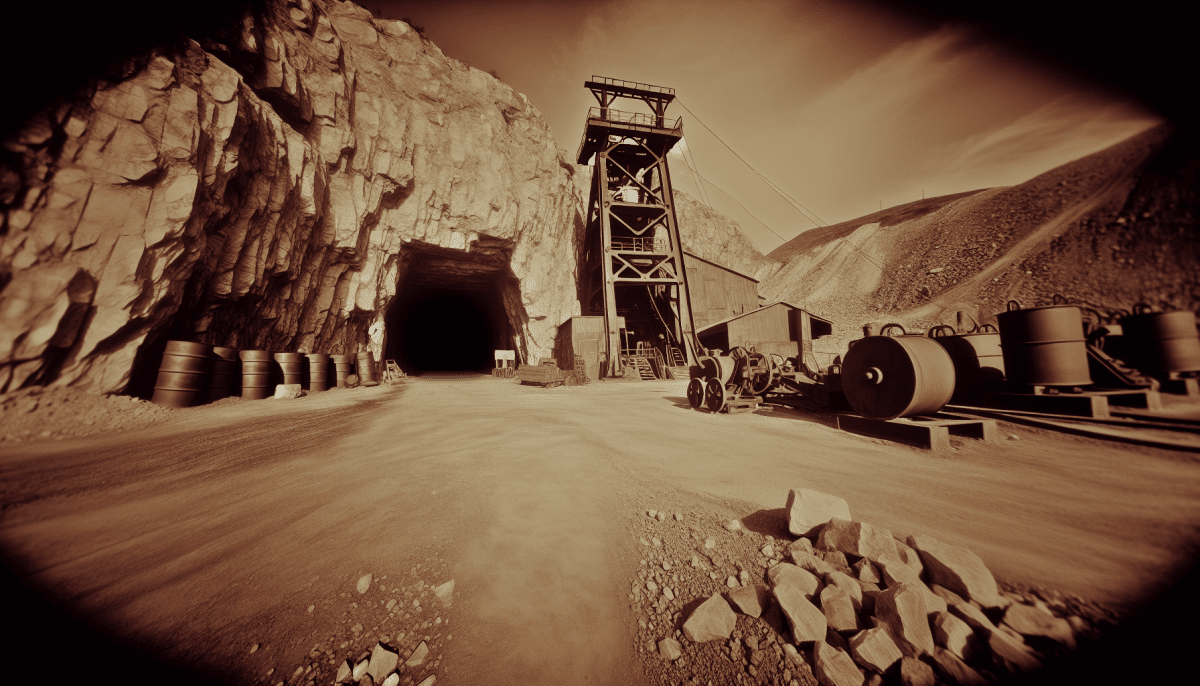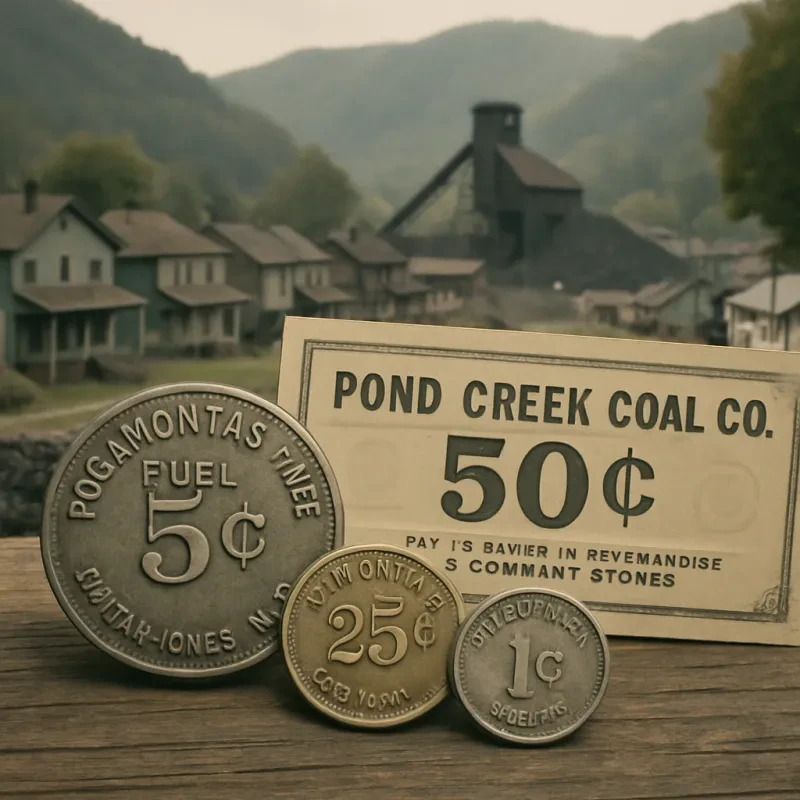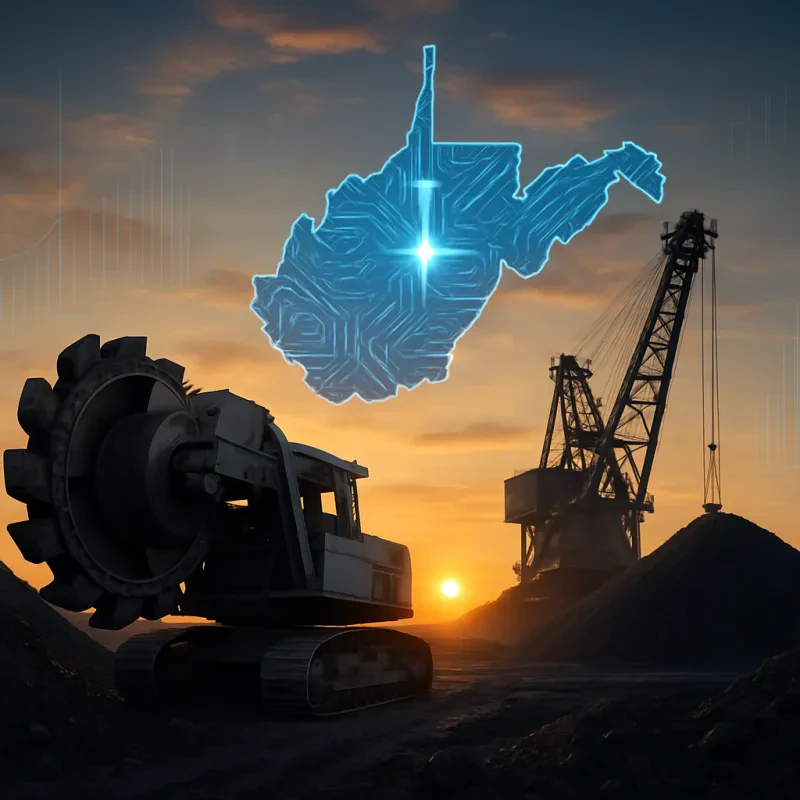When we look at the total coal mines in the United States, it’s fascinating to see how this industry has shaped our energy landscape. Just a few decades ago, coal was the backbone of energy production, fueling countless industries and powering homes across the nation. Today, though, the story is a bit different as we transition towards cleaner energy sources.
As of now, there are about 1,000 coal mines operating across the U.S. These are divided between surface mines and underground mines. Surface mining typically yields higher productivity and is often considered safer. However, underground mining has its own advantages, especially in regions where coal seams are located deep beneath the surface.
The primary regions for total coal mines in the United States include the Appalachian region, the Illinois Basin, and the Powder River Basin. Each of these areas has unique characteristics that influence not just the mining process but also the type of coal produced. For instance, Appalachian coal is known for its high energy content, while Powder River Basin coal is more abundant and burns cleaner.
While coal production has decreased over the years due to environmental concerns and competition from natural gas, many of these total coal mines in the United States are implementing more sustainable practices. This includes efforts to reduce emissions and reclaim mining lands after extraction is complete. As a result, coal miners are focusing on safer and more environmentally-friendly operations.
Understanding Coal Mining Basics
Coal mining is a vital part of the energy landscape in the U.S. Understanding the basics can help clarify just how significant it is. Essentially, coal is extracted from the earth to be used primarily for generating electricity, but it also fuels industries like steel production.
There are different methods of coal mining, with the two most common being surface mining and underground mining. Surface mining, often used when coal is located near the earth's surface, involves removing layers of soil and rock. On the other hand, underground mining digs tunnels deep into the earth to reach coal seams. Each method comes with its own set of techniques and safety considerations.
When we talk about the total coal mines in the United States, it’s important to note that the number can vary greatly by state. Some states, like Wyoming and West Virginia, are known for their large coal mining operations. These regions have not only made significant contributions to coal production but also to local economies and employment.
Mining practices and regulations have evolved over the years, focusing more on safety and environmental protection. Modern technology plays a big role here, making operations more efficient and reducing the impact on the ecosystem. Whether for energy production or economic growth, total coal mines in the United States continue to be an interesting and essential topic in understanding the country's energy resources.
Key States for Coal Production
When it comes to coal production, certain states truly stand out in the U.S. These key players significantly contribute to the total coal mines in the United States, shaping the industry and impacting local economies.
First up is Wyoming, which is by far the leading state in coal production. Home to the Powder River Basin, Wyoming produces around 40% of the nation’s coal. Its vast reserves and efficient mining operations make it a powerhouse. If you’re looking into coal production, this state is where a significant chunk of the action happens.
Next, we have West Virginia, which holds a rich tradition in coal mining. Known for its high-quality bituminous coal, West Virginia has a long-standing history that intertwines with the coal industry. The southern region of the state, in particular, is known for its steep hills and deep mines, which add character to its mining operations.
Don't forget about Pennsylvania – another significant player in the coal scene. It’s famous for its anthracite coal, the highest grade of coal available. This state has a unique mining landscape and has been a vital part of coal production in the U.S. for over a century.
Finally, Illinois rounds out the top states for coal. The state has a mix of bituminous coal supplies and robust mining infrastructure. Combined with its position close to major transportation routes, Illinois plays a vital role in connecting coal to energy consumers across the nation.
Environmental Impact of Coal Mining
Coal mining has significant environmental impacts that can't be overlooked. From air pollution to land degradation, the effects stretch far and wide. When you think about the total coal mines in the United States, it’s important to consider what this means for our planet.
One of the biggest concerns is air quality. The burning of coal releases harmful pollutants like sulfur dioxide and mercury into the atmosphere. This not only affects the environment but can also impact our health by contributing to respiratory issues and other serious conditions.
Water pollution is another major issue. Coal mining often involves large amounts of water, which can become contaminated with heavy metals and toxic materials. This polluted water can seep into local water supplies, affecting wildlife and communities that rely on clean water for drinking and agriculture.
Moreover, the land disturbances caused by mining can lead to habitat destruction. Many plants and animals lose their homes as mining operations expand. The restoration of these areas can take years, and sometimes the original ecosystems can’t fully recover.
As we look at the total coal mines in the United States, it’s clear that this industry comes with serious environmental consequences. Understanding these impacts is crucial for making informed decisions about energy use and sourcing in the future.
Future of Coal in America
Recent trends show a decline in coal use due to competition from cleaner energy sources, like natural gas and renewable energy. Solar and wind are proving to be not just better for the environment, but often cheaper too. This shift has led to the closing of many coal plants across the country, directly impacting the number of active Total coal mines in the United States.
However, it’s not all doom and gloom for coal. Some regions still rely on it heavily for jobs and local economies. For these areas, transitioning to new forms of energy can be challenging. Many are exploring how to clean up existing coal use, aiming to reduce emissions and make their processes more sustainable.
Looking ahead, innovation is key. Technologies like carbon capture and storage are being researched and implemented, which could help lower the environmental impact of coal. It will be interesting to see if these innovations can help save some coal jobs while also pushing for a cleaner future.



